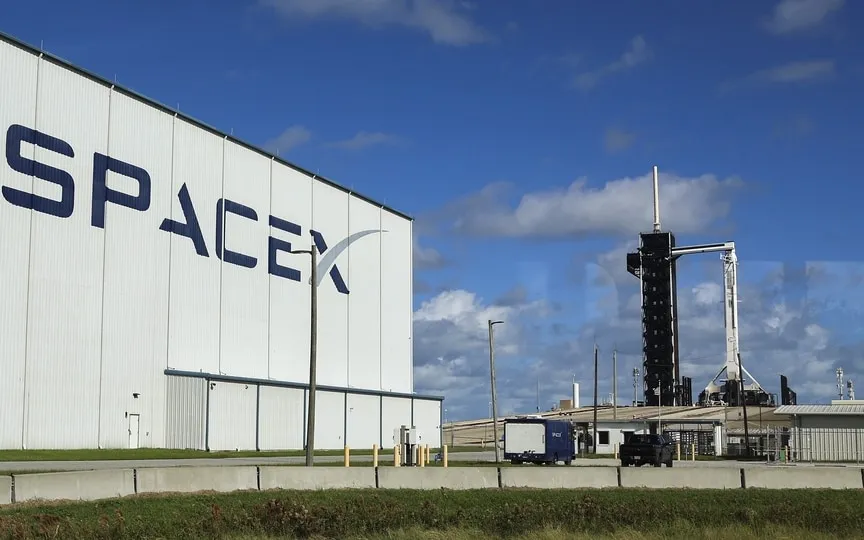Elon Musk’s Starlink Facing Setback as US Government Cracks Down on Phone Connectivity
According to a recent report, SpaceX, owned by Elon Musk, is set to achieve a revenue of $9 billion and is projected to generate operating profits. The company’s new venture, Starlink, a satellite internet service provider, is now making a significant contribution to this revenue. Additionally, Musk has ambitious plans for Starlink, as the company aims to launch a cellular service in 2024 that will offer satellite-based messaging and internet capabilities to smartphones. However, the US Federal Communications Commission (FCC) has raised concerns and sent a series of questions to SpaceX ahead of schedule regarding certain matters.
According to a PC Mag report, the FCC has shared additional questions with SpaceX to better understand the impact of this cellular service on the operations of other satellites. The FCC’s primary concern is whether there is potential for interference when Starlink cellular service operates in the 1910-1995 MHz radio bands.
FCC questions SpaceX ahead of Starlink cell phone launch
The FCC requested: “Please provide an interference analysis, including link budgets, for operation in the 1990-1995MHz (space-to-Earth) and 1910-1915MHz (Earth-to-Space) frequencies, calculating the differences in interference under sky and rain fading or cloud cover conditions. This analysis should take consider the worst-case scenario of all simulcasting satellites, including the different power levels required for rain fading and cloud cover, and clear sky conditions in a given coverage area, and analyze the resulting level of satellites. Interference from other authorized satellite and terrestrial operators and the potential for loss of service in that area”.
With as many as 7,500 satellites, concerns about frequency interference have been significant since the first batch of Starlink satellites were launched into low Earth orbit. To provide this cellular service, Starlink has tied up with T-Mobile, and therefore the US agency intends to better understand the short- and long-term implications.
The FCC also asked SpaceX to share a map showing projected beam coverage of the United States and power levels in geographic areas, more information about SpaceX’s ability to stop emissions on command, and an explanation of how SpaceX will prevent an outdoor handset from operating. in the service area of the terrestrial partner operator.
The FCC has requested this information by November 17th and will use it to decide whether or not to approve it.




